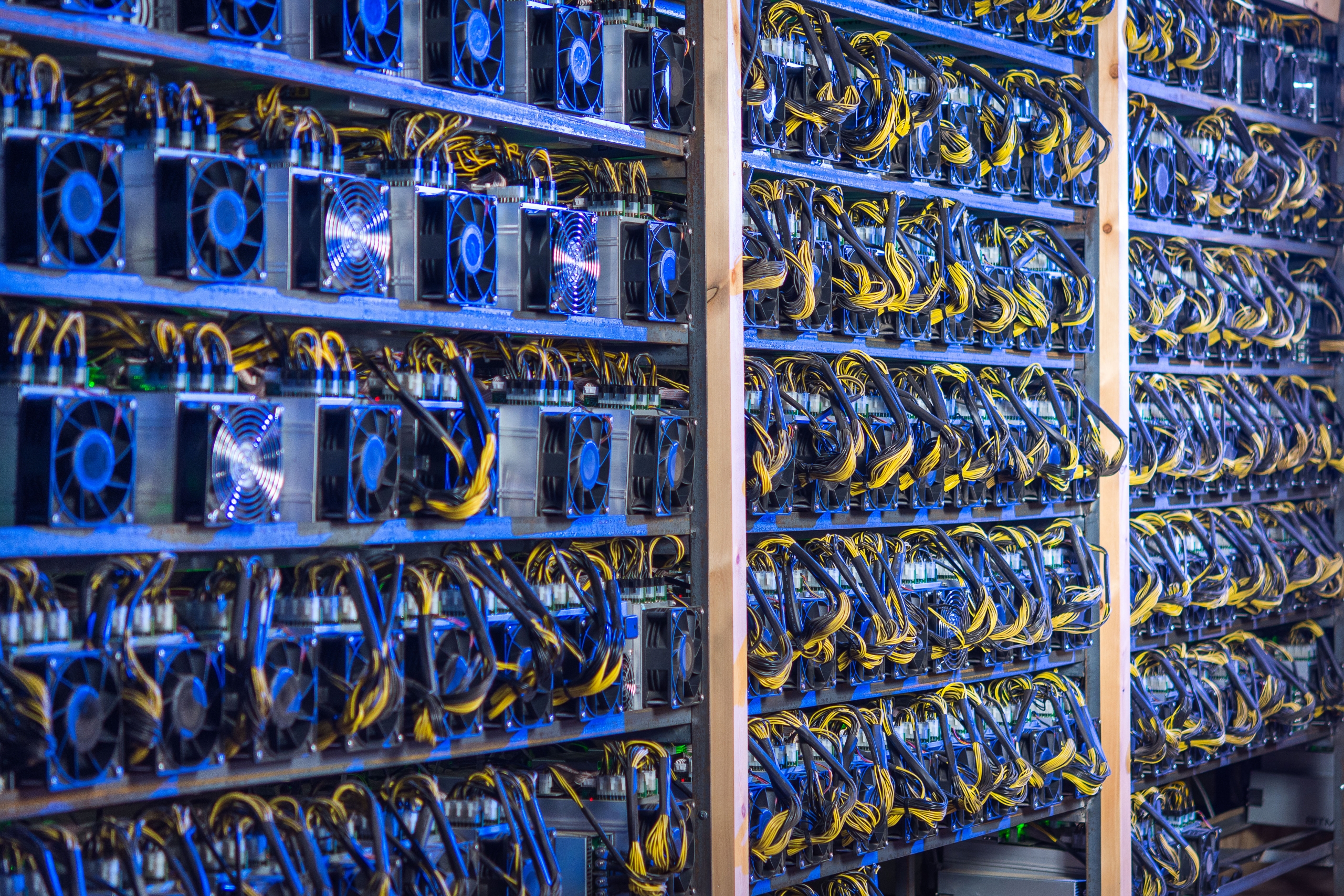
Source: https://www.transportenvironment.org/wp-content/uploads/2021/05/private-jet-zero-emission-aviation.jpg
Akin to my previous analysis of environmental racism, I now want to focus on the opposite side of the spectrum: the wealthiest individuals, corporations, and countries are the biggest contributor to climate change, and as a result, the responsibility for emissions reduction is unevenly shared around the world. In addition, as the earth warms and oceans rise due to the effects of climate change, the wealthiest will continue to burn significantly more energy than others, causing this “carbon inequality” to exponentially increase.
So how bad is the carbon gap right now? Unfortunately, it is staggering: currently, the wealthiest 10% of the world’s population consumes about 20 times as much energy as the poorest 10% of the world’s population according to a study cited by the BBC. A large portion of this disparity comes from air travel. For example, research shows that 15% of UK travelers take 70% of all flights, and yet 57% of UK citizens have never flown internationally. This example illustrates how such a relatively small number of people can collectively use ludicrous amounts of energy and emit incredible emissions. The statistics worsen further when comparing countries: only 2% of Chinese people and .02% of people in India are in the top 5% of global energy consumers. In modern times, it’s clear that emissions and energy usage correlate with wealth possessed by a few.
The reason for this is mostly due to the lifestyles the wealthy typically possess. As previously stated, transportation is a key factor. Regarding the ultra-wealthy, private jets are one of the causes of the considerable differences in an individual’s lifetime emissions. For example, one-tenth of all flights departing from France in 2019 were private aircraft. In just four hours, those individually owned planes generate as much carbon dioxide as an average person in the European Union emits all year. Going further up the wealth chain, billionaire-backed stunts, like Jeff Bezos’s controversial rocket launch, are more energy intensive than anything a person in the poorest 10% category could do over their entire lifespan. In addition, the diets of the wealthy are also significantly contributing to this carbon gap. According to the UN, about a third of all human-caused greenhouse gas emissions are linked to food. As people get richer, diets tend to diversify and meat consumption rises. The average American in 2019 ate 53 pounds of beef, the most carbon-intensive meat, according to USDA. Meat production often requires extensive grasslands, which are often created by cutting down trees, releasing carbon dioxide stored in forests into our atmosphere. Also, cows and sheep emit methane as they digest grass and plants produced using chemical fertilizers that expend another greenhouse gas-nitrous oxide. The desire for meat is only growing, as growing middle classes in developing countries from China to South Africa are eating more meat than ever.
Our perceptions of “normal” are also part of the problem. For example, in the United States, owning a car is a normal and important item. Owning a car, especially an SUV, is an awesome way to increase an individual’s carbon footprint. The US is especially car saturated compared to other countries, and to make matters worse, finding a small fuel-efficient car in the US is becoming virtually impossible. Automotive manufacturers are unable to sell their subcompact cars in the US as well as in other countries because Americans care less about better gas mileage due to government subsidizing. In response, top car companies have simply cut or plan to soon cut all subcompact cars from their sales in the US, as selling overseas will bring in more profits. The remaining gas-guzzling SUVs are more expensive and far worse for the environment.
Overall, we have unintentionally villainized ourselves by our ambitions to diagnose the cause of carbon emissions, and we are obviously reluctant to fix the underlying issue. Professor Kevin Anderson, from the Tyndall Centre in Manchester says “The climate issue is framed by us high emitters – the politicians, businesspeople, journalists, academics. When we say there’s no appetite for higher taxes on flying, we mean WE don’t want to fly less. The same is true about our cars and the size of our homes. We have convinced ourselves that our lives are normal, yet the numbers tell a very different story.” The “normalcy” of our lives is harming those who live more sustainable lives albeit due to a less extravagant lifestyle. As a result of these commonplaces, the transition to a greener earth has become a challenging introspective journey. The wealthiest have the most power to influence public policy, and they have the most power to change their harmful lifestyles. For example, if just 1% of the most carbon-consuming travelers stopped flying, half of all aviation emissions would disappear overnight. If these global elites change, the governments, intuitions, and companies they lead will also change.
Assuming current trends continue, how does climate change factor into the future of carbon inequality? Global warming is predicted to significantly increase the global demand for energy, and the wealthiest will continue to disproportionally burn through their energy. For example, end-of-century warming alone is expected to increase energy demand in India and Nigeria by 145% and 2000% of their total current electricity production, respectively. In contrast, lower-income, hot areas, such as much of sub-Saharan Africa, are projected to remain relatively poor through 2100 and therefore lack the means to protect themselves with cooling during increased heat. In summary, areas that can afford to boost indoor cooling will, and those that cannot (over half of the global population) will suffer the most, according to Ashwin Rode, Director of Scientific Research at the Energy Policy Institute at the University of Chicago.
To address these issues, most proposed solutions take the form of energy taxes or carbon taxes. For example, higher taxes on larger vehicles could force the markets back into selling unnecessary fuel-guzzling SUVs. In addition, frequent flyer taxes could make travelers think twice before booking that next flight.
In conclusion, the statistics show a staggering carbon gap, with the wealthiest of the world’s population consuming far more energy than the poorest. Due to the lifestyles of the wealthy, this gap will only increase unless the top 10% group, which many of us are in, try to restrict our carbon footprint and prevent undue harm to those who do not contribute to the problem.
Sources:
https://www.bbc.com/news/business-51906530
https://www.bloomberg.com/graphics/2022-wealth-carbon-emissions-inequality-powers-world-climate/
https://www.vice.com/en/article/k7qnz3/us-automakers-phasing-out-affordable-subcompact-cars
https://epic.uchicago.edu/insights/with-climate-change-only-the-rich-will-drive-an-increase-in-energy-use/Solutions
https://www.un.org/en/climatechange/science/climate-issues/food




